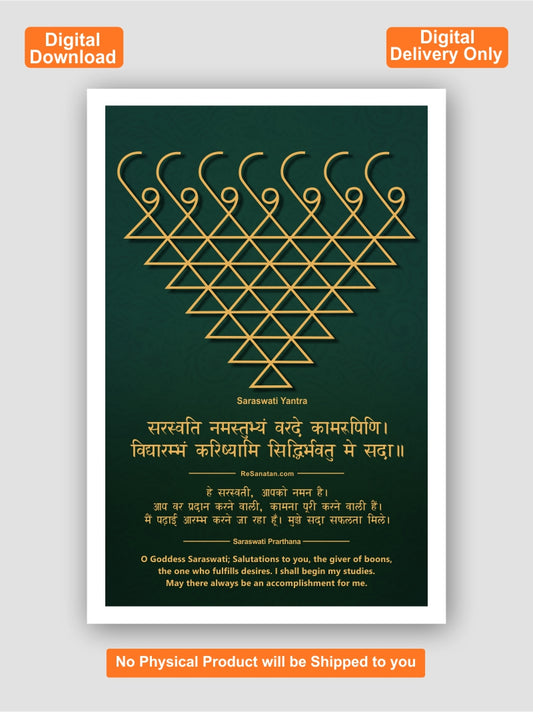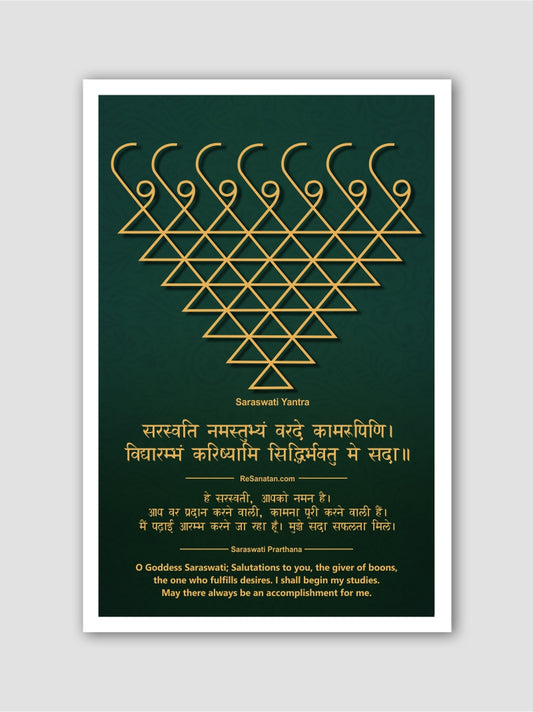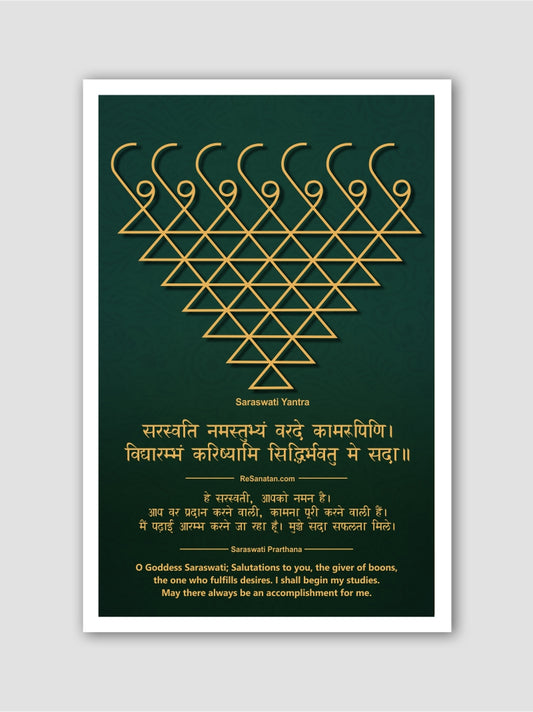Ramakrishna Paramahamsa: A Profound Spiritual Journey and Legacy
Share
Ramakrishna Paramahamsa, a mystic, saint, and spiritual luminary of 19th-century India, remains an enigmatic figure whose teachings and experiences continue to inspire millions. Born Gadadhar Chattopadhyay on February 18, 1836, in Kamarpukur, West Bengal, he embarked on a spiritual quest that transcended conventional boundaries, leading to a deep understanding of various religious paths. This article delves into the life, teachings, and unique experiences of Ramakrishna Paramahamsa, exploring the facets that make him one of the most revered figures in the history of Indian spirituality.
Early Life and Birth:
Ramakrishna Paramahamsa was born into a devout Brahmin family in the village of Kamarpukur. His parents, Khudiram Chattopadhyay and Chandramani Devi, were simple and religious people. From a young age, Gadadhar exhibited signs of a contemplative and spiritual disposition, hinting at the extraordinary journey that lay ahead.
Ramakrishna Paramahamsa's Birthday:
Ramakrishna Paramahamsa was born on February 18, 1836. His birthday is celebrated annually as Ramakrishna Jayanti, a day marked by devotional practices and remembrance of his teachings. The day holds special significance for followers of Ramakrishna, and celebrations take place in various parts of the world.
Spiritual Quest and Encounter with Kali:
At the age of sixteen, Ramakrishna became a priest at the Dakshineswar Kali Temple, situated on the banks of the Hooghly River near Kolkata. It was during this period that he began to intensify his spiritual practices, seeking direct communion with the divine. Ramakrishna's deep devotion to the goddess Kali became the focal point of his sadhana (spiritual practice).
Ramakrishna's Vision of Kali:
One of the most remarkable aspects of Ramakrishna Paramahamsa's spiritual journey is his direct and vivid visions of the goddess Kali. He spoke of seeing Kali as a living, radiant deity, and his experiences went beyond mere symbolism. These visions were not confined to the realms of meditation; rather, they permeated his daily life, shaping his understanding of divinity.
Story of Cutting Kali:
A well-known incident from Ramakrishna's life involves him testing the nature of Kali's presence. In a state of deep meditation, he asked the goddess whether she could bleed. To the astonishment of witnesses, including his wife Sarada Devi, it is said that he actually made a small cut on the image of Kali. The act symbolized the intensity of Ramakrishna's communion with the divine and his belief in the living presence of the goddess.
Did Ramakrishna Menstruate?
There are accounts and narratives suggesting that Ramakrishna Paramahamsa experienced certain physiological changes during his intense spiritual practices, including the monthly menstrual cycle associated with the worship of the divine feminine. However, interpretations of these experiences vary, with some viewing them as symbolic and others as a testament to the all-encompassing nature of his spiritual realizations.
Ramakrishna's Physical Ailments and Cause of Death:
Throughout his life, Ramakrishna suffered from various physical ailments, including throat cancer. Despite his health challenges, he continued his spiritual practices and interactions with devotees. Ramakrishna Paramahamsa left his mortal body on August 16, 1886, at the age of fifty.
The cause of his death was attributed to throat cancer, which had progressed to an advanced stage. His passing marked the end of a life dedicated to spiritual realization and the dissemination of universal truths.
Why Did Ramakrishna Worship Kali?
Ramakrishna's intense devotion to the goddess Kali was not merely a religious practice but a profound spiritual journey. His worship of Kali was an expression of the divine motherhood, symbolizing the nurturing and transformative aspects of the ultimate reality. Ramakrishna's teachings emphasized the universality of religious experiences and the importance of recognizing the divine in various forms.
Influence on Swami Vivekananda:
Ramakrishna Paramahamsa played a pivotal role in the life of Swami Vivekananda, who would later become one of the most influential philosophers and spiritual leaders of India. Vivekananda, originally known as Narendra Nath Datta, was introduced to Ramakrishna by a friend. The deep spiritual insights and unconditional love that Vivekananda found in Ramakrishna became a catalyst for his own spiritual transformation.
Ramakrishna's teachings on the universality of religions profoundly influenced Vivekananda's vision, leading him to advocate for religious tolerance and harmony on the global stage. The Ramakrishna Math and Mission, founded by Vivekananda, became a living testament to the ideals and teachings of his spiritual mentor.
Ramakrishna Paramahamsa's Quotes:
Ramakrishna's teachings were often conveyed through simple yet profound parables and sayings. His words encapsulated the essence of spiritual truths and the path to realizing the divine. Some of his notable quotes include:
"God realization is the aim of human life. All else is useless without it."
This quote underscores the central theme of Ramakrishna's teachings – the ultimate purpose of human life is to realize God. He emphasizes that all other pursuits, no matter how significant they may seem, are ultimately meaningless without the realization of the divine.
"The winds of grace are always blowing; all we need to do is raise our sails."
In this metaphorical expression, Ramakrishna conveys the idea that divine grace is ever-present, surrounding us like a gentle wind. To benefit from this grace, individuals need to make themselves receptive, analogous to raising the sails of a ship. It speaks to the importance of personal effort and receptivity in the spiritual journey.
"God is in all men, but all men are not in God; that is why we suffer."
This profound statement encapsulates the essence of human suffering according to Ramakrishna. He suggests that the root cause of suffering is the lack of awareness of our inherent connection with the divine. The realization of this connection, he teaches, leads to lasting peace and happiness.
"The way to realize God is devotion to God. To love God is the easiest way."
Ramakrishna emphasizes the path of devotion as a direct and accessible route to God realization. Love and devotion, he teaches, create a deep and intimate connection with the divine, making the spiritual journey more natural and fulfilling.
"Do all your duties, but keep your mind on God. Live with all, but retire to solitude now and then."
This quote reflects Ramakrishna's practical approach to spirituality. He advocates for active engagement in worldly duties, but with a constant undercurrent of mindfulness directed towards God. He also emphasizes the importance of occasional retreat into solitude for spiritual introspection.
"As long as you have certain desires about how it ought to be, you can’t see how it is."
Ramakrishna highlights the impediment that desires and expectations pose to spiritual perception. He suggests that preconceived notions and desires cloud one's ability to see and accept reality as it is, emphasizing the need for detachment and acceptance.
"The fabled musk deer searches the world over for the source of the scent which comes from itself."
Through the metaphor of the musk deer, Ramakrishna illustrates the irony of the human search for happiness and fulfillment. He suggests that the divine essence is within oneself, and seeking it outside is akin to the musk deer searching for its own scent elsewhere.
"He who has attained the supreme peace (Nirvana) is beyond good and evil."
Ramakrishna elucidates the state of supreme realization where one transcends the dualities of good and evil. This quote reflects the idea that the enlightened soul, having attained Nirvana, operates from a plane beyond conventional notions of morality.
"God is to be realized, and not talked about. One drop of honey can catch more flies than a gallon of gall."
This quote emphasizes the experiential nature of spirituality. Ramakrishna encourages direct realization of God rather than mere intellectual discussions. The analogy of honey captures the magnetic power of spiritual realization to attract seekers.
"You see many stars in the sky at night, but not when the sun rises. Can you, therefore, say that there are no stars in the heavens during the day? O man, because you cannot find God in the days of your ignorance, say not that there is no God."
Using the metaphor of stars and the sun, Ramakrishna addresses the limitations of human perception. He cautions against denying the existence of God based on the inability to perceive the divine during periods of spiritual ignorance.
These quotes reflect the depth of Ramakrishna's wisdom and his ability to distill complex spiritual concepts into accessible insights.
Ramakrishna Paramahamsa's life was a testament to the transformative power of spirituality and the universality of religious experiences. His intense devotion to Kali, direct visions of the divine, and influence on Swami Vivekananda continue to inspire seekers on the path of spiritual awakening.
The legacy of Ramakrishna Paramahamsa endures through the teachings of his disciples, the Ramakrishna Math and Mission, and the countless individuals who find solace and guidance in his spiritual insights. As we reflect on the life of this extraordinary mystic, we are reminded of the timeless wisdom that transcends religious boundaries and speaks to the eternal truth that resides within each human heart.
























